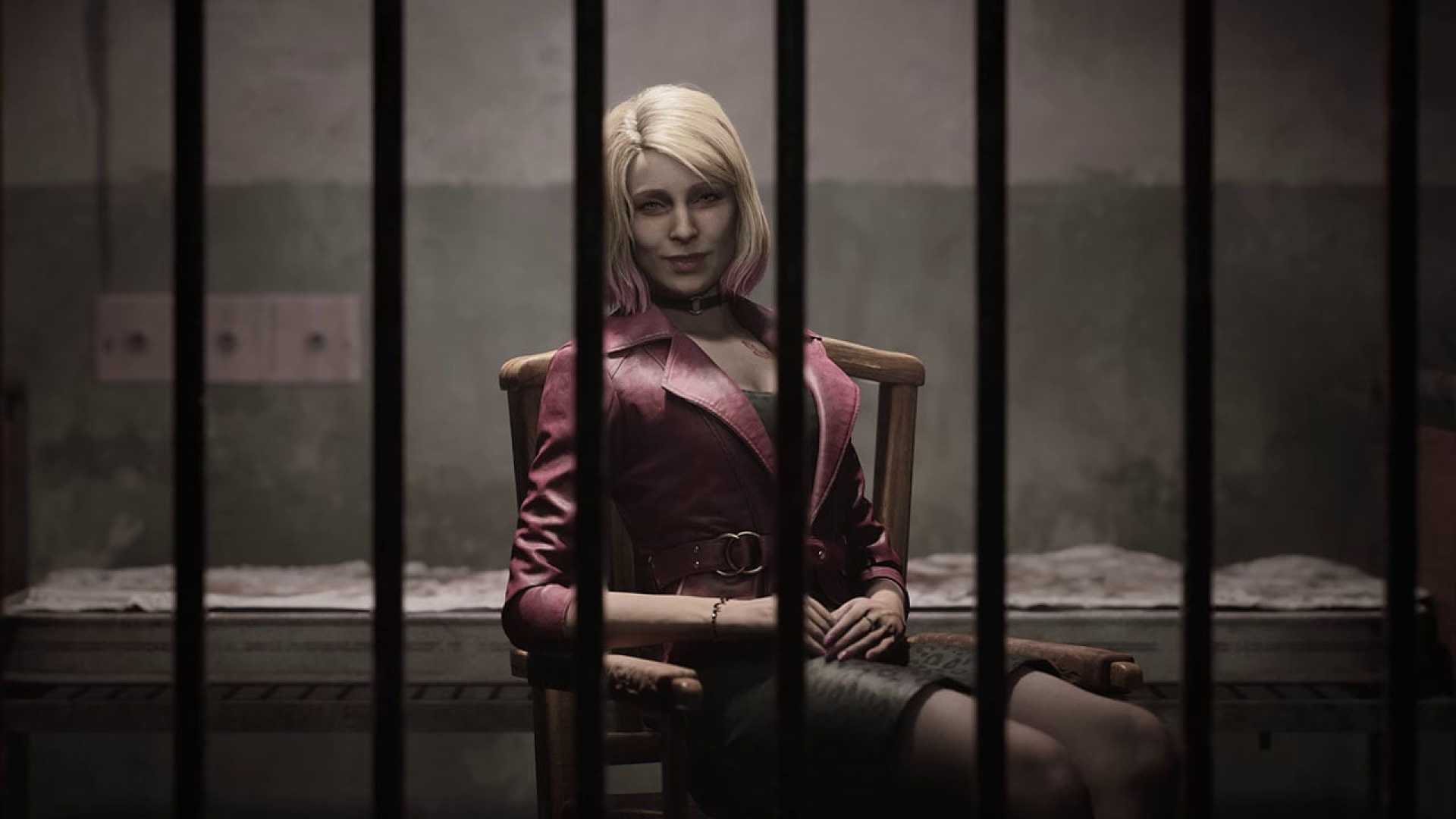Entertainment
Silent Hill 2 Remake: A Return to Relentless Horror

The remake of “Silent Hill 2” has been released, and it is being hailed as a profound recreation of the original’s deeply unsettling atmosphere. Developed by Bloober Team, the game serves as a tribute to Konami and Team Silent’s renowned survival horror work, striving to replicate the unrelenting misery that characterized the 2001 classic.
Central to this disquieting experience is the game’s environmental design, which effectively utilizes sound and visual elements to immerse players in a world of perpetual unease. The fog enveloping Silent Hill is almost a character in its own right, now enhanced by modern volumetric effects that heighten its oppressive presence. Rather than offering safety, the interiors of Silent Hill are portrayed as some of the most abysmally revolting spaces in gaming, compelling players to seek refuge even as they are engulfed by dread.
The lighting design reinforces the foreboding mood, restricting illumination to minimal light sources that emphasize the game’s claustrophobic atmosphere. One particularly distressing section, the Toluca Prison, illustrates this, requiring players to make stressful dashes between breaker switches in a futile attempt to hold darkness at bay.
Akira Yamaoka’s return as composer provides an evocative soundtrack. The score, or lack thereof, is replaced by oppressive, unsettling noises that magnify tension, particularly in the game’s late stages. These soundscapes play tricks on players, causing constant second-guessing of audio cues and enhancing the game’s oppressive mood.
The gameplay reflects this atmosphere of despair. Unlike more action-oriented horror games such as “Resident Evil 4” and “Dead Space,” which use horror themes as backdrops for action, “Silent Hill 2” is horror at its core. Every environment is a complex puzzle, forcing players into exhaustive exploration that contributes to mounting mental fatigue. The design continually strips away hope, especially during the game’s latter segments, where darkness and nightmarish enemies dominate the experience.
The overarching narrative of “Silent Hill 2″—James Sunderland’s descent into horror—mirrors the game’s mechanics, requiring players to take literal and metaphorical leaps into darkness via gameplay mechanics that mirror James’ hesitation and dread.
This remake introduces modern third-person controls, making the game somewhat more accessible than its predecessor. However, these updates do not compromise the game’s original, haunting vision. While combat may be less panic-inducing than in 2001, the essence of the game remains as it once was, preserving the experience’s unsettling core.
IGN’s Senior Features Editor, Matt Purslow, comments on the sparse moments of relief the game offers, noting the consistent oppressive nature of its atmosphere. “Silent Hill 2” stands as a stark reminder of gaming’s potential to evoke complex emotional responses, delivering an experience focused on exploring some of humanity’s darker emotions, such as grief and guilt.












